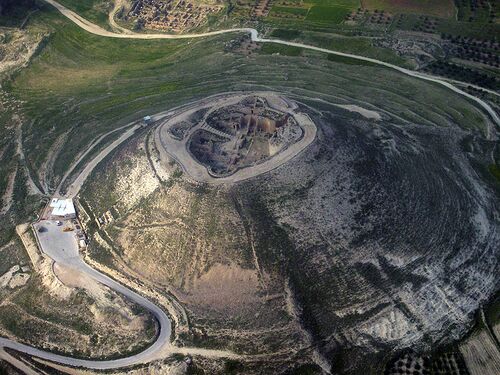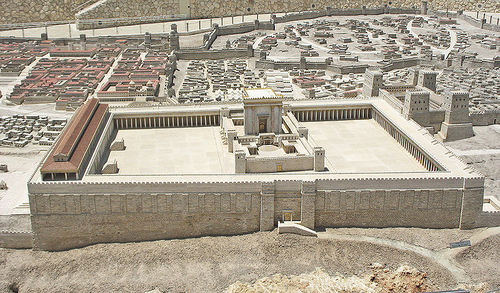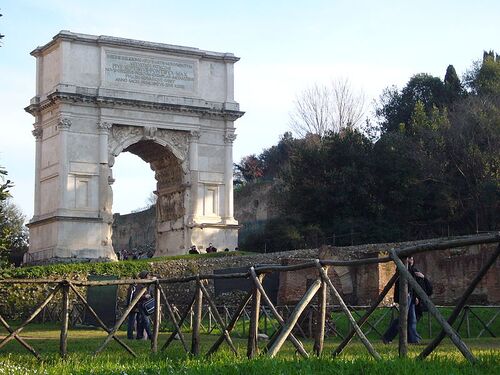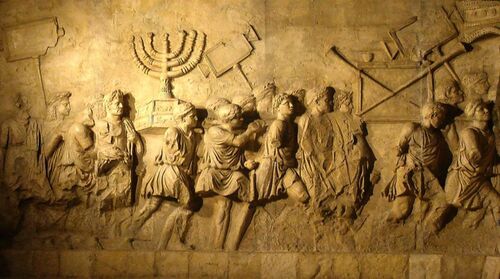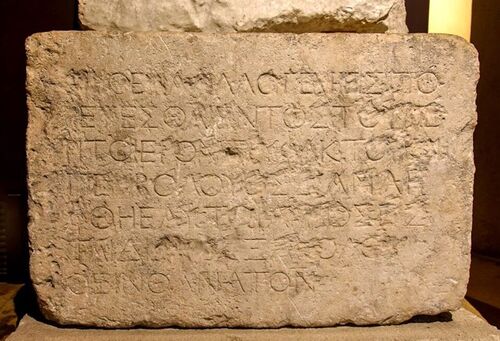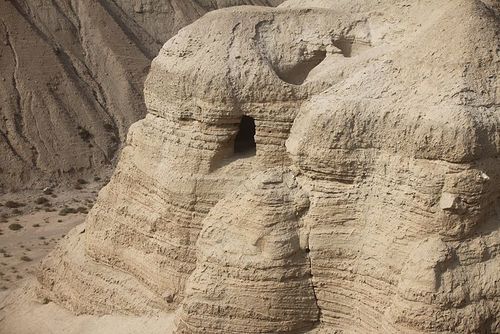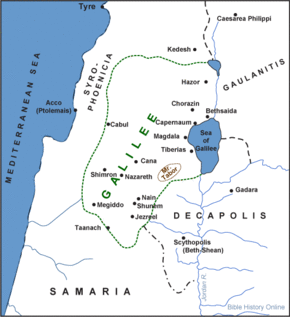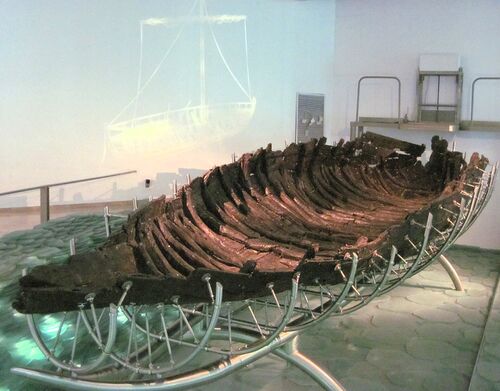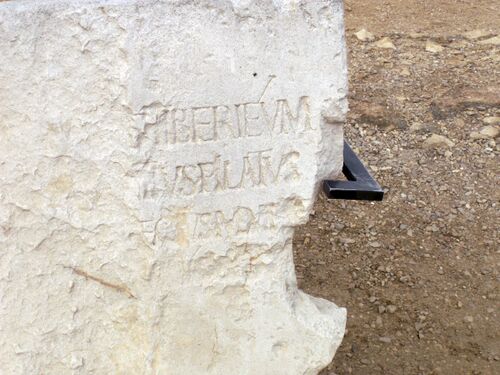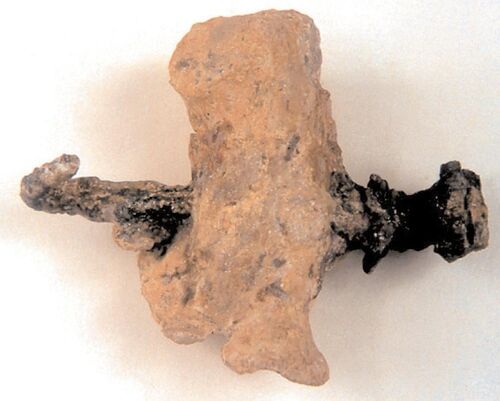Category:Jesus Archaeology (subject)
Jesus Archaeology (see Archaeology & Historical Jesus Studies)
A specimen is considered to be genuine when its authenticity is proved by:
- (a) Historical records (attesting the history of the specimen)
- (b) Scientific examination
- (c) Consensus among the specialists
Unlike the socalled Relics of Jesus, ALL the following specimens meet these three criteria.
Jesus was born under the Emperor Augustus and died under the Emperor Tiberius
Jesus was a subject of Rome. At that time, the Land of Israel was a province of the Roman Empire.
From archaeology we know that Caesar Augustus was the Roman Emperor from 27 BCS to 14 CE, and his successor Tiberius was the Roman Emperor from 14 to 37 CE. Both are well known historical characters.
Jesus was born under King Herod the Great
From archaeology we know that Herod the Great was the king of Judaea from 37 to his death in 4 BCE. On May 8, 2007, Prof Yehud Netzer of the Hebrew University of Jerusalem announced that he discovered Herod gravesite in the fortress Herodium fortress, in the precise location given by the Jewish historian Flavius Josephus.
Jesus was a Jew and preached in the Temple of Jerusalem
From archaeology we know that the major religious institution in Israel at the time of Jesus was the Temple of Jerusalem. Here is a model of the Jerusalem Temple at the Israel Museum of Jerusalem.
The Temple was destroyed by the Romans is the year 70. The Emperor Titus built a Triumphal Arch in Rome to commemorate the event. In the interior of the arch the bas-reliefs with the triumphal procession are visible:
Although the Temple was entirely destroyed and never rebuilt, the basement and the Western and Southern retaining walls of the Temple are still visible in Jerusalem and there are plenty of remains, inscriptions, etc. from the Temple itself, such as:
(a) Temple warning inscription (from late 1st century BCE). It warns Gentiles (in Greek) to refrain from entering the Temple enclosure, on pain of death.
(b) A stone with the Hebrew inscription “To the Trumpeting Place” found at the southern foot of the Temple.
(c) The Western Wall, which supported the Temple place:
Jesus lived in a very diverse Jewish environment
The Dead Sea Scrolls are the most important archaeological discovery from the time of Jesus. Although there is no reference to Jesus and his movement in the Dead Sea Scrolls, they provide a very accurate description of the many Jewish groups active at the time.
Jesus lived in a Jewish land where there was also a strong non-Jewish presence
From archaeology we know there were also numerous Hellenistic towns with pagan temples in the land Israel, as you could find in Athens and the rest of the Roman Empire. Polytheism was the majority religion. Monotheism was a minority religion.
Jewish did not preach in major towns but in small Jewish villages
We have the ruins of several of the villages mentioned in the Gospels (here is Capernaum):
Jesus and his disciples went fishing in the lake of Galilee on boats like this:
Jesus was at odds with the High Priest of the time, Caiaphas
At the time of Jesus the Temple of Jerusalem was ruled by members of the House of Caiaphas.
From archaeology we know that this was an important and wealthy priestly family. Here is the ossuary of Yehosef bar Caiaphas, high priest from 18 to 36 CE, discovered in 1990, in a tomb located two miles south of Jerusalem.
Jesus was crucified under the Roman governor, Pontius Pilate
From archaeology we know that Pontius Pilate was the governor of Judea (26-36 CE). In 1961, an inscription was found in the Roman Theater at Caesarea Maritima, bearing his name and official title: “Pontius Pilatus… praefectus Iudaeae”
From archaeology we know that at the time of Jesus, crucifixion was commonly practiced by the Romans as a form of capital punishment, and we know how it was practiced by the forensic examination of the bones of a crucified man, named Yehochanan.
Conclusion
Although we do not have any archaeological remains that could be connected directly to Jesus, From archaeology we know a lot about the world in which Jesus lived.
Pages in category "Jesus Archaeology (subject)"
The following 3 pages are in this category, out of 3 total.

